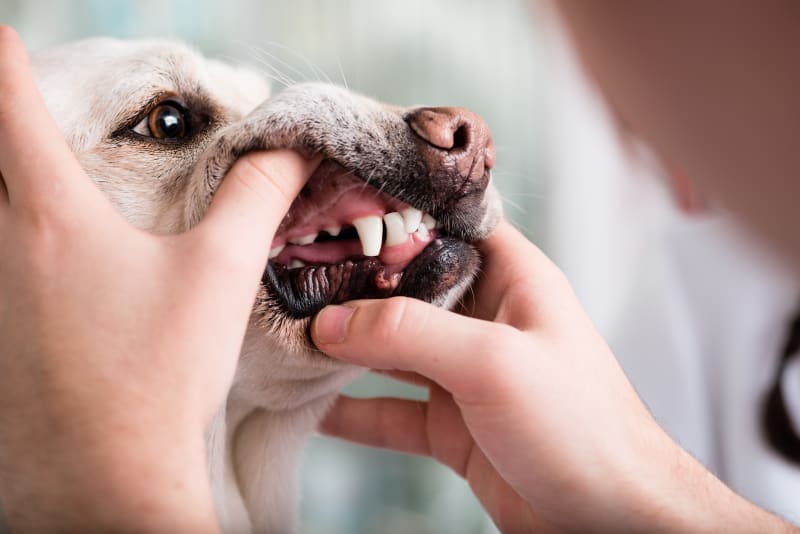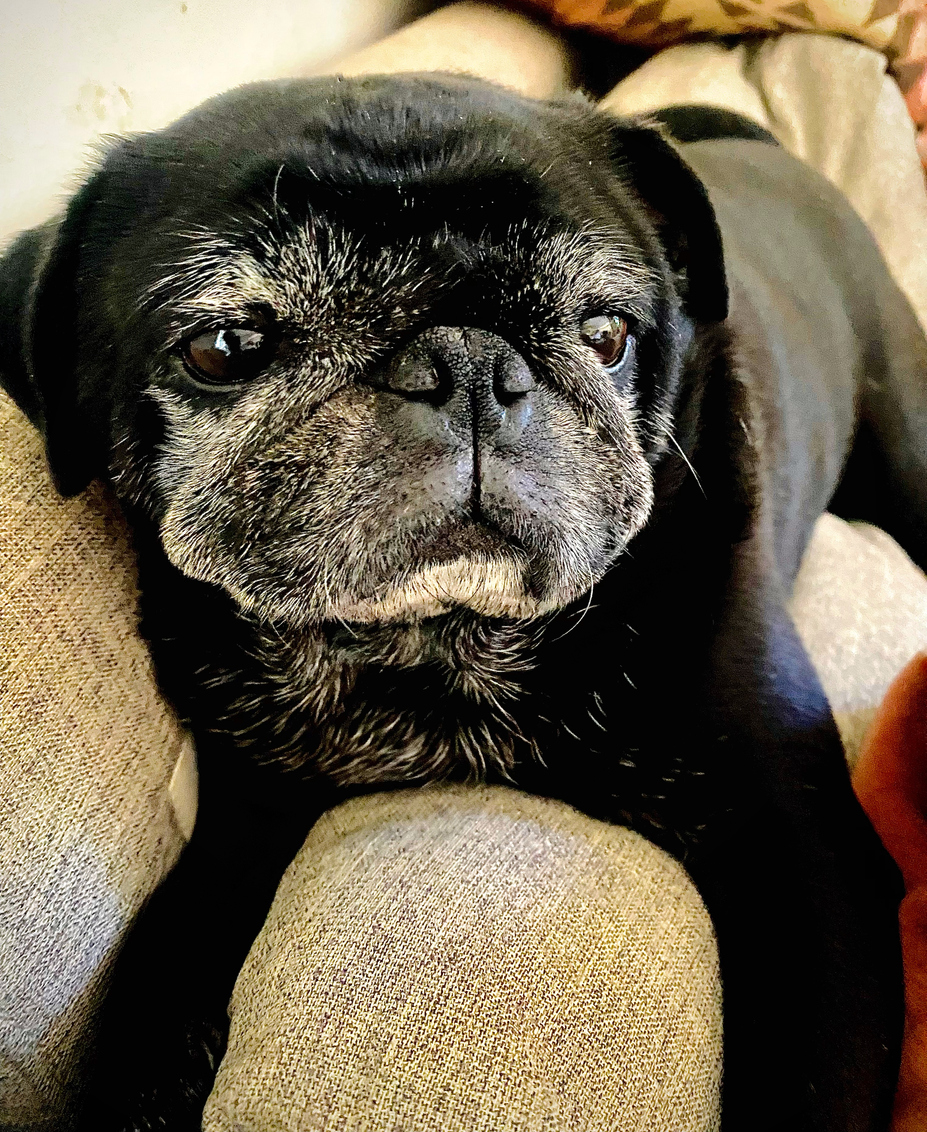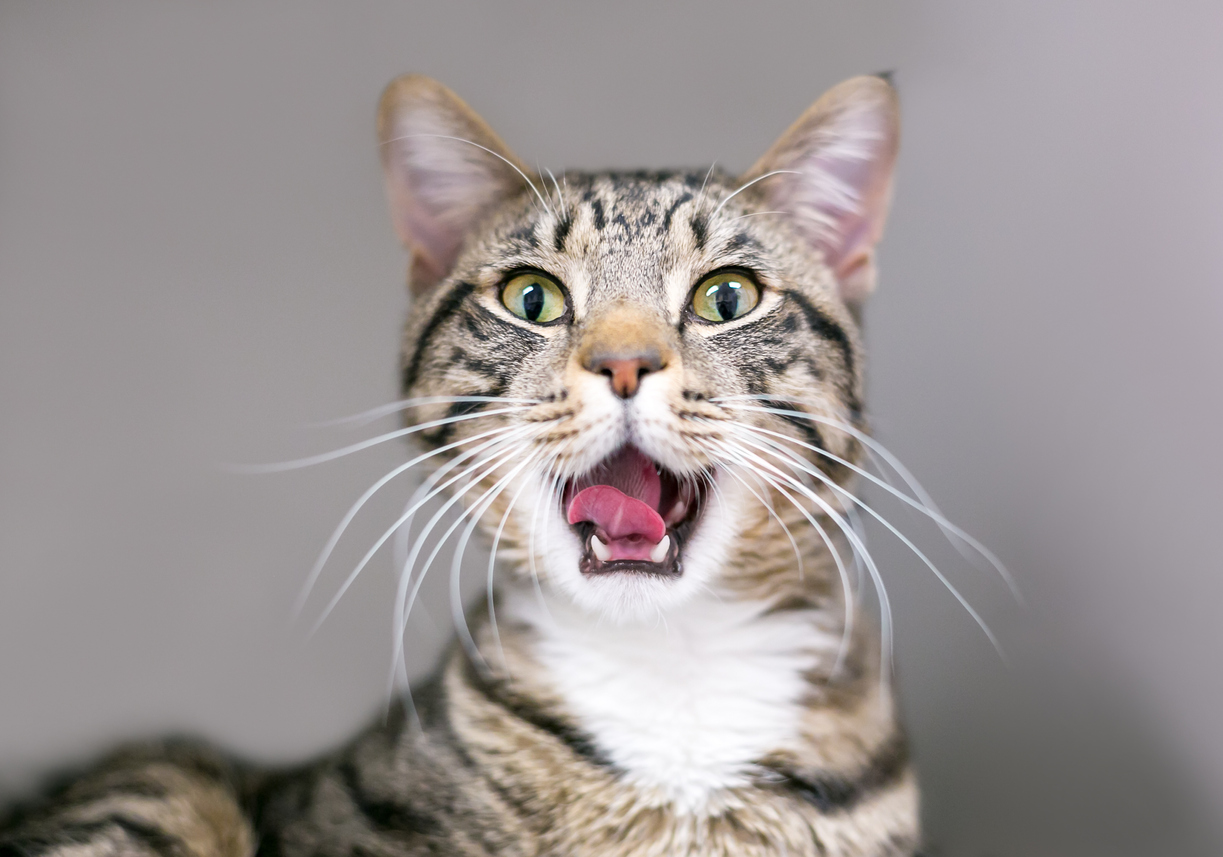Periodontal Disease
About the Diagnosis
Dental disease is a very common problem in pets. Over 85% of dogs and cats over 4 years old have dental disease. Dogs and cats do not commonly get dental caries (“cavities”) similar to those people have but they do suffer from tartar buildup and periodontal disease (disorders of the periodontium, the structures that support the teeth).
Periodontal disease begins with the formation of plaque, a transparent coating on the teeth and gums containing bacteria and debris. If plaque is not removed, minerals in chewed food will be deposited and hard dental tartar (calculus) forms. The tartar causes irritation of the gums and periodontal tissues. Bacteria grow around the tartar and under the edge of the gums. These bacteria produce substances that gradually dissolve the structures that support the teeth. Eventually, deeper and deeper pockets form around the teeth, creating dental pain and providing ideal places for more bacteria to grow.


Symptoms
The sign that most frequently is apparent is halitosis (bad breath). However, dental disease is far advanced by the time this occurs. The earliest sign of periodontal disease is red and swollen gums, which may be subtle and difficult to notice in many dogs and cats. The cheek teeth (teeth on the sides of the mouth, rather than the front) are the most frequently affected. Next, tan or brown tartar is deposited on the surface of the teeth just above the gumline. Unlike plaque (thin and transparent), this tartar is hard and permanent, and cannot be removed with brushing. As this process worsens, pockets can form in hidden regions under the gums and these pockets commonly contain pus. The gums may eventually retract, exposing the roots of the teeth. Abscesses may form under the teeth, which is uncomfortable or even very painful. Finally, the teeth loosen and fall out.
Diagnosis
Your veterinarian can usually detect periodontal disease during a routine physical examination, but often the full extent of the problem cannot be determined until your pet is under anesthesia. The gums around each tooth can then be checked for pockets, which would otherwise be painful in an awake state. Radiographs (x-rays) may also be needed in some cases to examine the roots of the teeth.Living with the Diagnosis
The earliest stage of periodontal disease—red, inflamed gums—is reversible. A dental cleaning plus a home dental care plan can restore your pet's teeth to their healthy state and avoid the progression to worsening, painful stages of periodontal disease. However, once pockets begin to form under the gums, not all the changes can be reversed. A pet with irreversible dental disease needs both daily at-home care and regularly scheduled veterinary dental cleanings. Otherwise, the disease will worsen, and mouth pain may be severe and constant.

Treatment
A thorough dental cleaning, followed by home dental care, can control periodontal disease. The cleaning must be done under anesthesia so that all areas can be cleaned and the gums checked carefully for pockets. If pockets are present, they are treated during the procedure. Deep pockets require periodontal surgery to clean them out to the very bottom. Any teeth that are becoming loose need to be removed during the procedure. Your pet is more comfortable and healthier without loose, infected teeth, so these extractions under anesthesia bring lasting relief.
Many people worry about the risks of anesthesia, especially with older pets. Yet older pets are often the ones most in need of dental care. A thorough physical examination and laboratory tests to identify health problems combined with modern, low-risk anesthetics can make safe anesthesia possible for almost any pet. The risks are very small compared to the benefits of dental care for most pets, even elderly ones.
Depending upon the severity of your pet's dental disease, your veterinarian may prescribe antibiotics before and/or after the dental cleaning to control infection in the gums.
In terms of prevention, it is possible to brush a pet's teeth to avoid requiring anesthesia and these types of dental procedures. Brushing a pet's teeth is easily done, especially if begun at an early age. A small amount of toothpaste (half a pea size) is placed on a child-size toothbrush which, as for people, should be used on that individual dog or cat only. Special toothpastes (e.g., chicken or liver flavored) are available through veterinarians or online. The toothbrush with toothpaste is used for brushing the teeth, using small circular motions on the outside surfaces of the upper teeth only. About 10 to 20 seconds per side of the mouth is all that is needed, daily or every 2 to 3 days.
Pets are like people in the sense that some individuals develop plaque and even dental disease very readily, while others seem quite resistant. Therefore, there is no “set” need for regular anesthesia and dental cleaning procedures. Rather, the need is individualized to each dog and cat, and it can be reduced (often to zero) with regular brushing before tartar buildup occurs.



